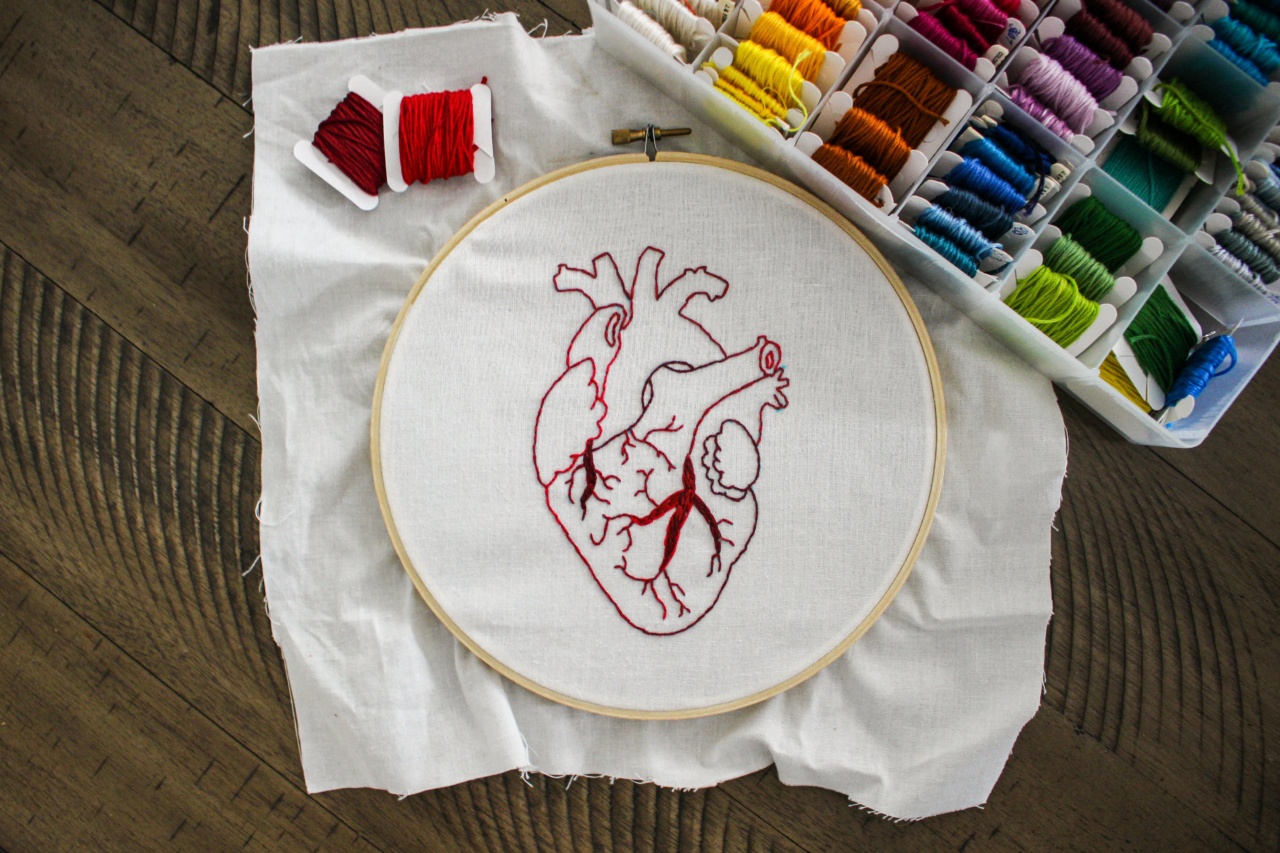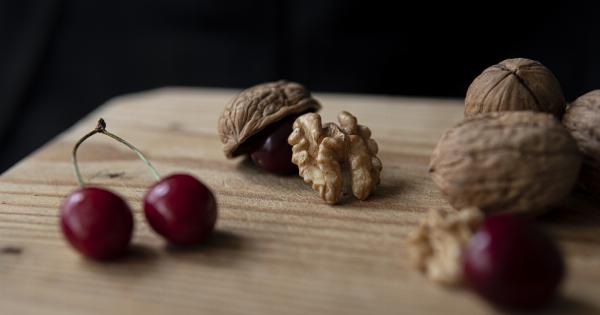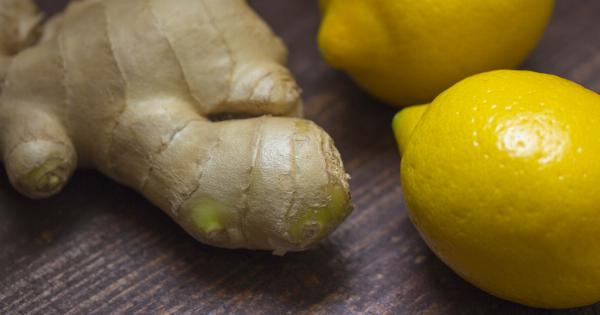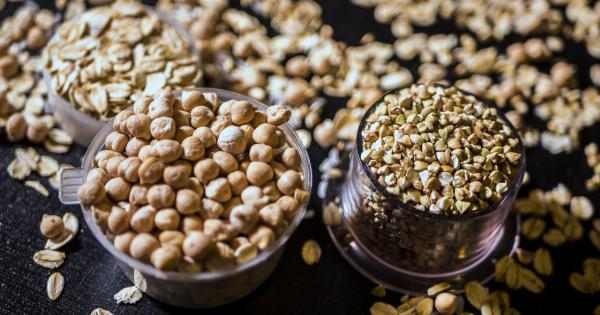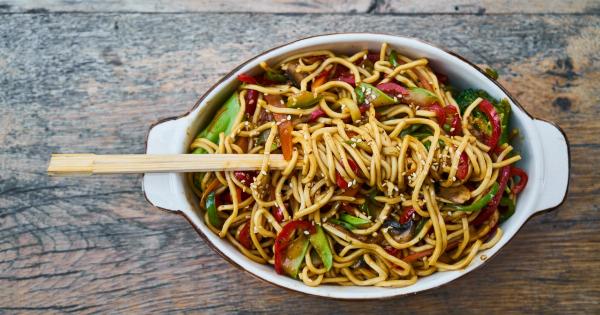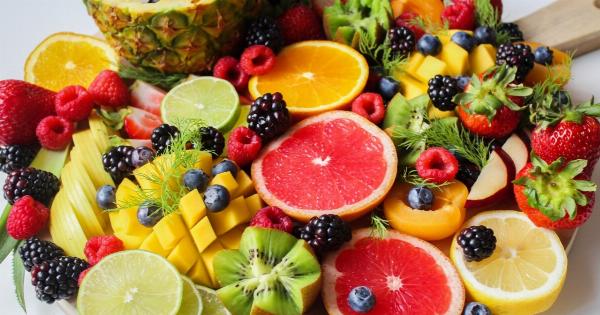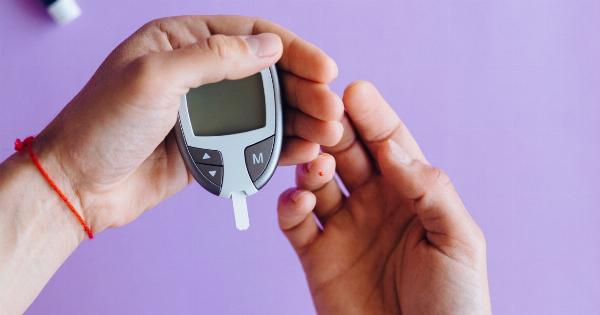The heart is a vital organ that pumps blood throughout the body, ensuring that oxygen and nutrients reach all of the body’s organs and tissues. Maintaining a healthy cardiovascular system is critical for overall health and longevity.
One way to support heart health is by consuming fiber-rich foods. In this article, we will explore the benefits of fiber for the cardiovascular system and provide tips on how to incorporate more heart-healthy fiber into your diet.
What is Fiber?
Fiber is a type of carbohydrate found in plant-based foods. Unlike other types of carbohydrates, fiber cannot be broken down into sugar molecules and absorbed into the bloodstream.
Instead, fiber travels through the digestive system mostly intact, providing a range of health benefits along the way. There are two types of fiber, soluble and insoluble, and each provides unique benefits.
The Benefits of Fiber for Cardiovascular Health
Lowering Cholesterol Levels
One of the most significant benefits of fiber for cardiovascular health is its ability to lower cholesterol levels.
Soluble fiber forms a gel-like substance in the digestive tract, which can bind to cholesterol and prevent it from being absorbed into the bloodstream. By reducing cholesterol absorption, fiber helps to lower LDL (or “bad”) cholesterol levels and promote healthy blood lipid profiles.
Reducing Inflammation
Inflammation is a natural response to injury or infection, but chronic inflammation has been linked to a range of health problems, including cardiovascular disease. Soluble fiber may help to reduce inflammation in the body.
When fiber ferments in the colon, it produces short-chain fatty acids, which have anti-inflammatory properties.
Regulating Blood Pressure
High blood pressure is a major risk factor for heart disease. Studies have shown that diets high in fiber are associated with lower blood pressure levels.
This may be due in part to the fact that fiber-rich foods tend to be rich in other heart-healthy nutrients such as potassium and magnesium, which are important for regulating blood pressure.
Improving Blood Sugar Control
High blood sugar levels can damage blood vessels and increase the risk of heart disease. Soluble fiber can help to slow the absorption of glucose into the bloodstream, which can help to prevent blood sugar spikes.
Additionally, fiber-rich diets have been shown to improve insulin sensitivity, which can further support healthy blood sugar levels.
How to Incorporate Heart-Healthy Fiber into Your Diet
There are many delicious and nutritious ways to incorporate more fiber into your diet, such as:.
Eat More Fruits and Vegetables
Fruits and vegetables are excellent sources of both soluble and insoluble fiber. Aim to fill half your plate with colorful fruits and veggies at every meal. Some high-fiber options include broccoli, Brussels sprouts, berries, apples, and pears.
Choose Whole Grains
Whole grains are another excellent source of fiber. Look for whole grain bread, pasta, and crackers. Other high-fiber whole grains include oatmeal, quinoa, and brown rice.
Eat Legumes
Legumes, such as beans, lentils, and chickpeas, are packed with fiber and can be added to soups, stews, and salads easily. They are also an affordable and sustainable source of protein.
Nuts and Seeds
Nuts and seeds are a great source of both fiber and healthy fats. Try adding them to your breakfast oatmeal or snack on them throughout the day. Some high-fiber options include chia seeds, flaxseeds, almonds, and pistachios.
In Conclusion
Fiber is an essential nutrient for supporting heart health. By incorporating more fiber-rich foods into your diet, you can help to lower cholesterol levels, reduce inflammation, regulate blood pressure, and improve blood sugar control.
Aim for a variety of high-fiber foods, including fruits and vegetables, whole grains, legumes, and nuts and seeds, to optimize your cardiovascular health.
